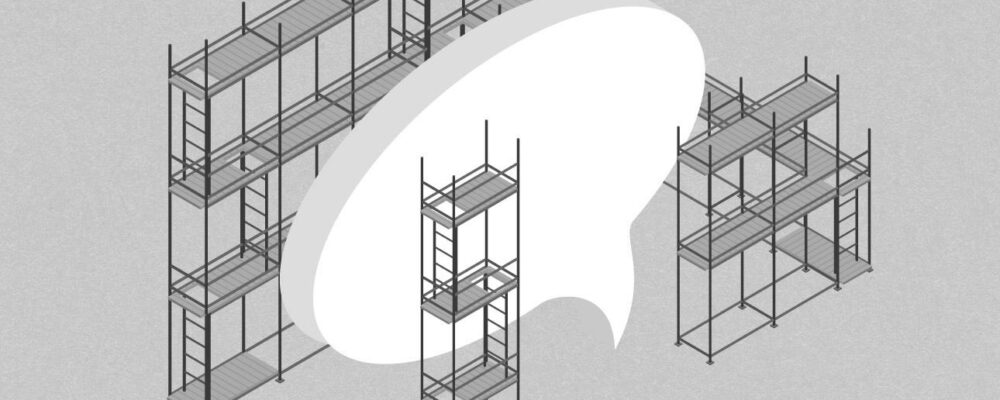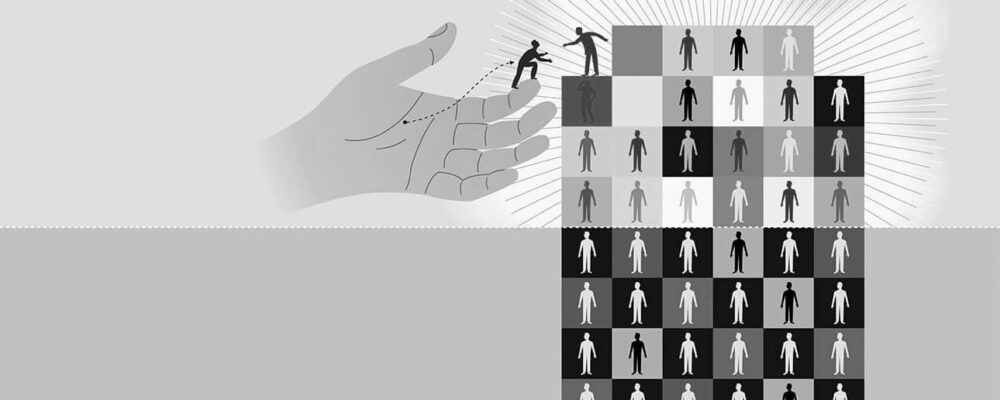Strategic planners are often blind about how the future will challenge their status quo. A scenario-planning mindset can help them see what they’re missing.
Executives engaged in strategic planning typically have a blind spot. They focus almost exclusively on possible courses of action and pay little attention to the future socioeconomic and environmental context in which those actions will play out. During our combined 70 years of research, practice, and teaching, we, as well as others, have observed that business leaders are inclined, and their organizations configured, to work with only a single implicit view of the future.1 That view is typically deeply embedded within their strategies as a set of unquestioned assumptions about the future context. We call these sets of unexamined assumptions ghost scenarios because they are invisible — and because they may come back to haunt executives and companies in unanticipated and unwelcome ways.
Underpinning every ghost scenario is a small set of implicit trends that leaders project into the future without questioning whether they might change. Consider the ways in which dramatic changes in climate have come to haunt rail services in Britain. In July 2022, temperatures above 40 degrees Celsius (104 degrees Fahrenheit) were recorded in the country for the first time. These high temperatures heated the rails to slightly over 62 C (143 F), causing them to bend. As a result, many train trips were canceled and service on other routes slowed to 60 mph. The rail tracks had been engineered for a future in which the air temperature did not exceed 27 C (80 F). In short, the British rail network was designed and built to work not in the scenario in which it found itself in 2022 but in a scenario that made the implicit assumption that historical climate trends would continue unchanged.
Assumptions Hide in Plain Sight
Research on human perception has demonstrated that people differentiate the object of their visual focus from its background by bringing that object to the forefront of their attention while everything else recedes.2 Humans can focus on either the figure or the background but never both at the same time.
The Rubin vase illusion is a well-known example of this figure-ground (or background) perception challenge. Depending on how you look at the picture, you will see either a vase or two faces in profile.
References
1. P. Schoemaker, “Multiple Scenario Development: Its Conceptual and Behavioral Foundation,” Strategic Management Journal 14, no. 3 (March 1993): 193-213.
2. R.A. Nelson and S.E. Palmer, “Familiar Shapes Attract Attention in Figure-Ground Displays,” Perception & Psychophysics 69, no. 3 (April 2007): 382-392.
3. R. Ramírez and A. Wilkinson, “Strategic Reframing: The Oxford Scenario Planning Approach” (Oxford: Oxford University Press, 2016).
4. R. Ramírez, S. Churchhouse, A. Palermo, et al., “Using Scenario Planning to Reshape Strategy,” MIT Sloan Management Review 58, no. 4 (summer 2017): 31-37.
“The MIT Sloan Management Review is a research-based magazine and digital platform for business executives published at the MIT Sloan School of Management.”
Please visit the firm link to site






